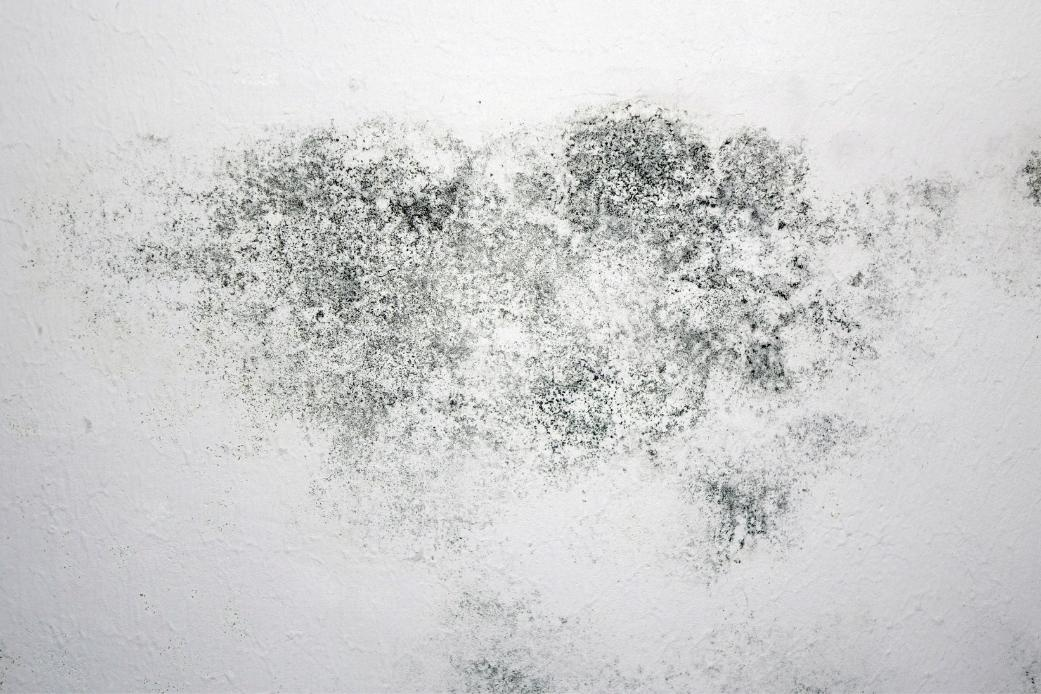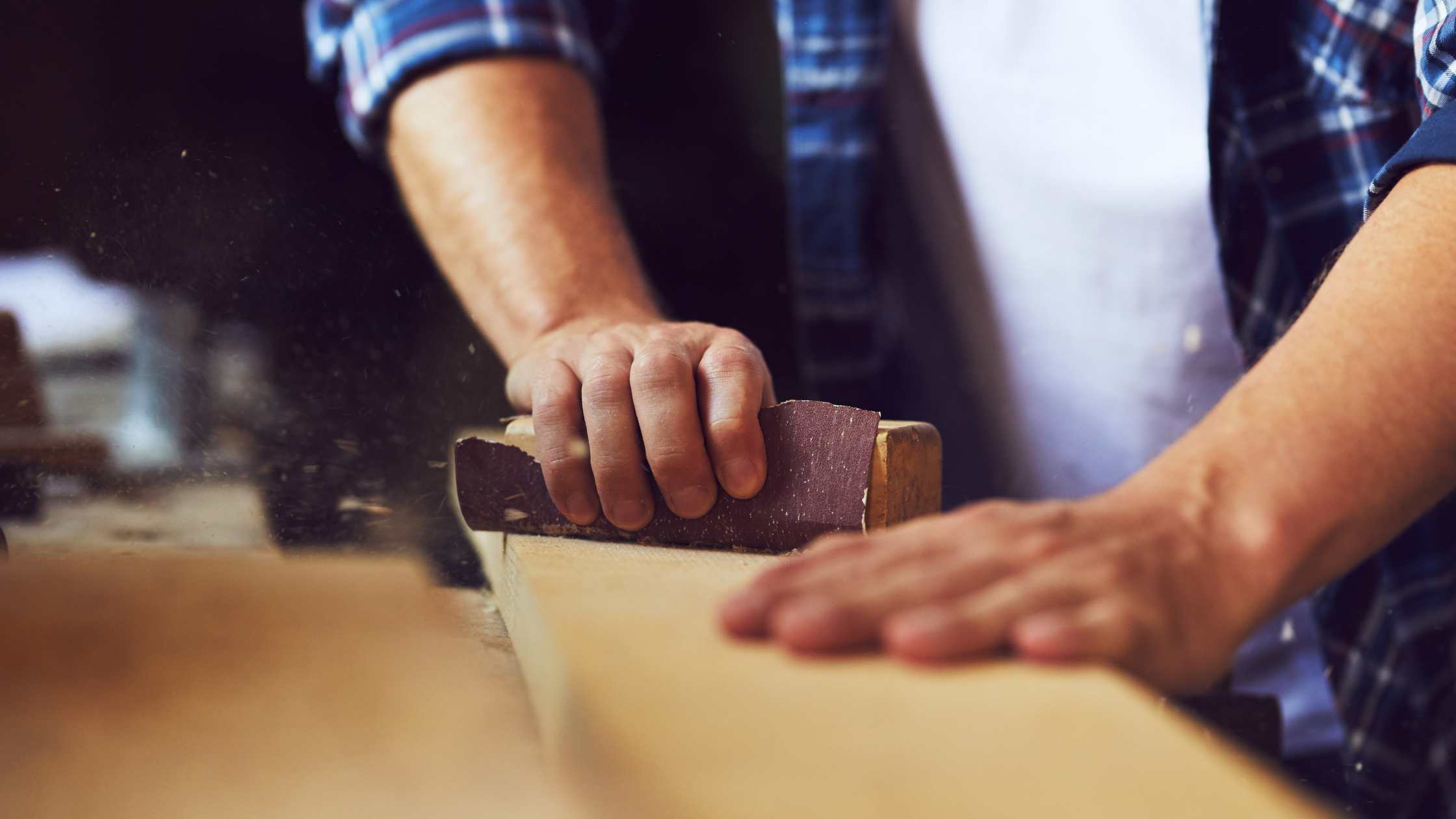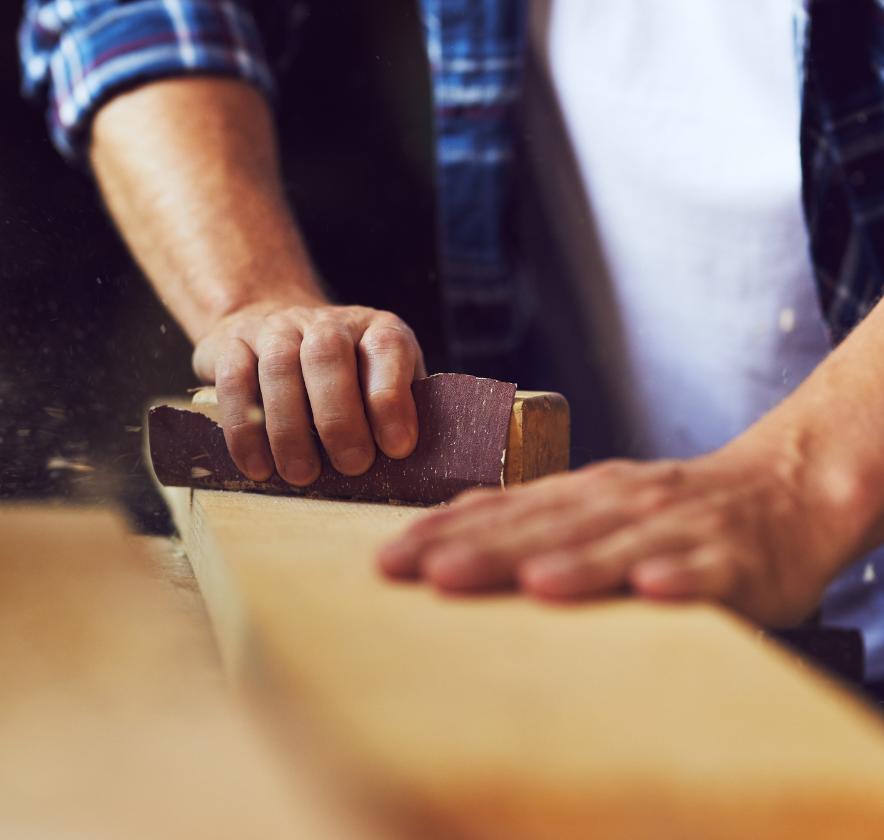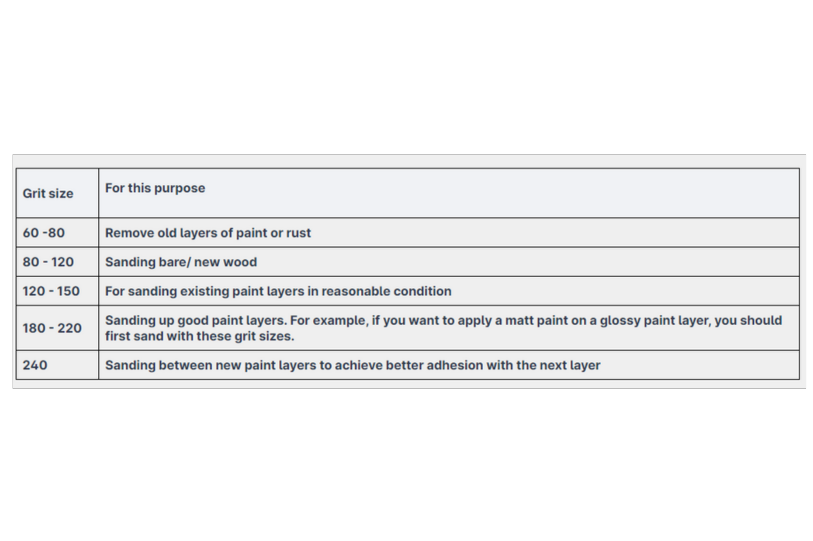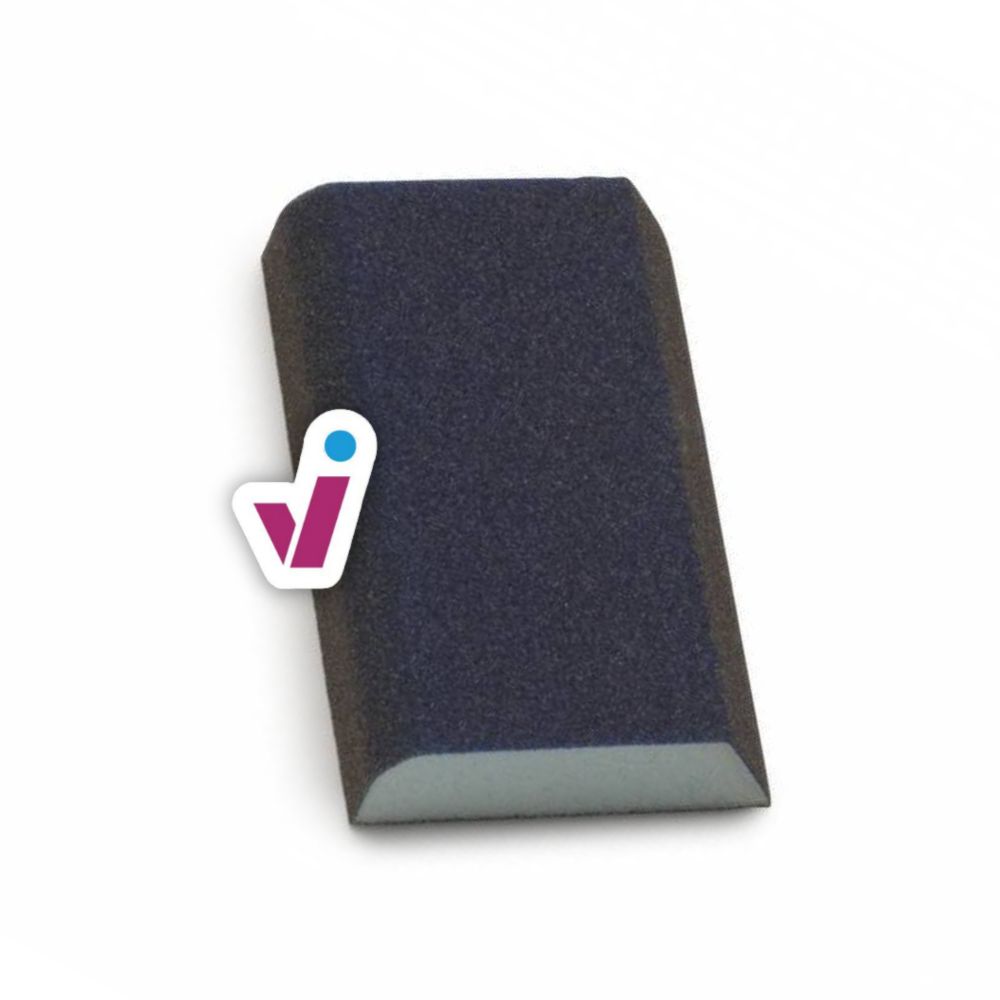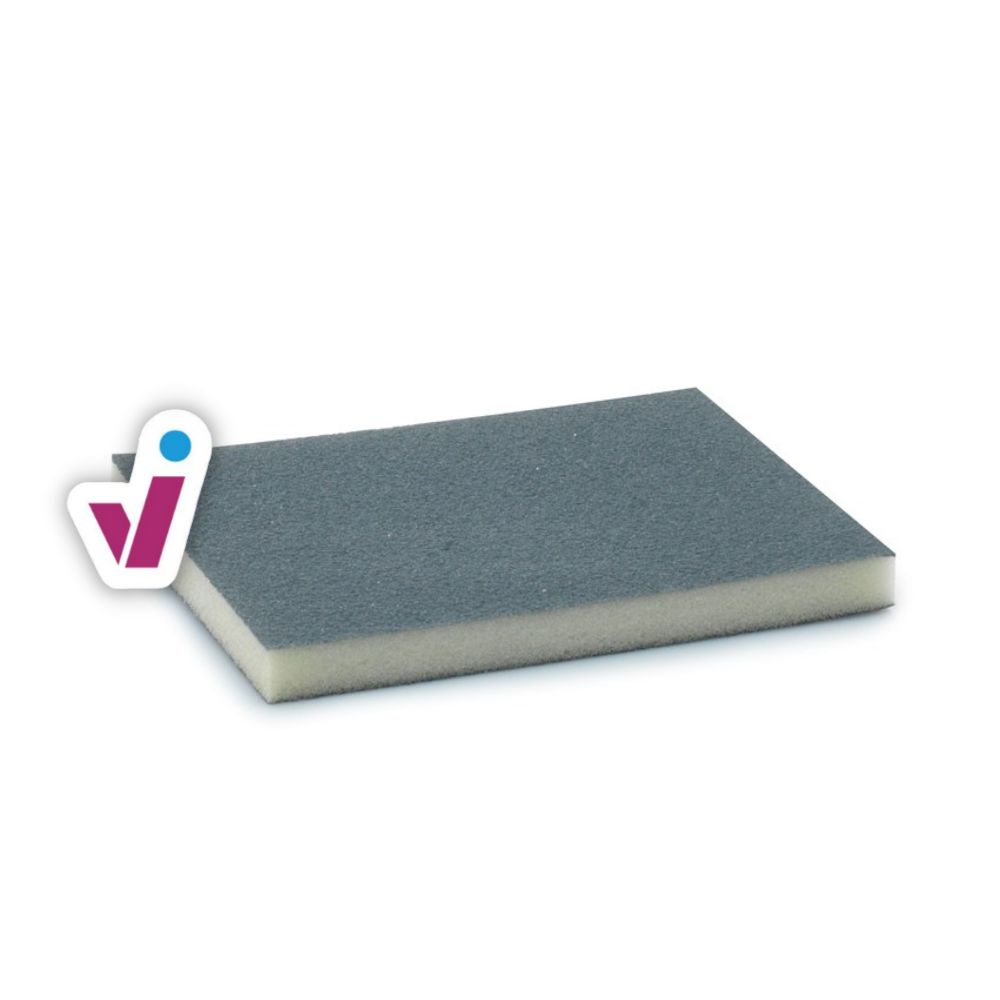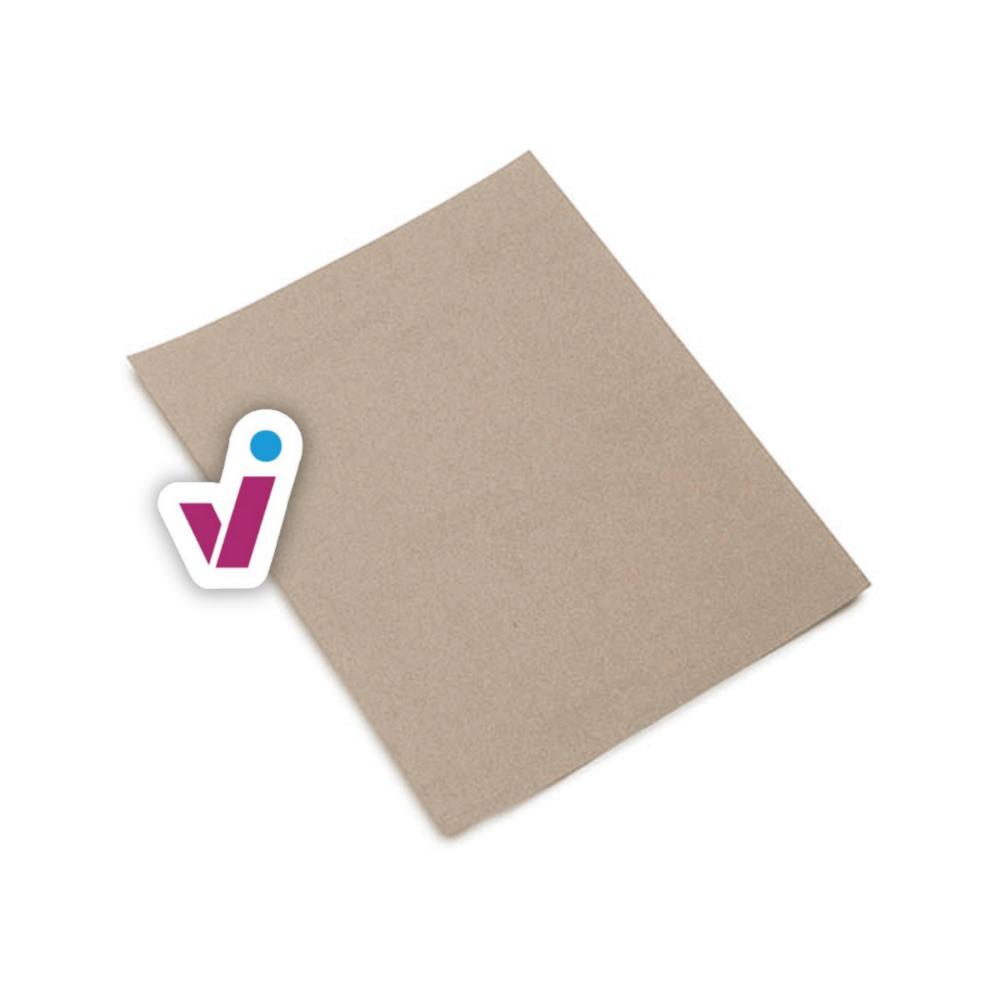Sanding is part of a painter's daily work. For example, we sand to remove old layers of paint or rust. Bare wood also needs sanding. Even with new coats of paint, sanding is recommended to ensure good adhesion with the next coat.
Coarse or fine grain?
Now that you know the importance of sanding, you probably want to know what kind of sandpaper you need. Choosing the right grit size is essential. Grit size is represented by a number. The lower the number, the coarser the grit and the more you sand the surface.
A coarse grit is suitable for intensive sanding work, such as removing old layers of paint or rust. A medium grit is used to prepare the bare surface, and a fine grit to obtain a beautiful finish.
Compare sanding to a cycle race. You'll get the best results if you sand in several stages, using different grits. Below is an overview of grit sizes and the corresponding tasks.
Explanation of grit sizes
Have you found the grit you need? Buy sanding sheets in the grit you want here. Prefer sandpaper that feels good in your hand? ProGold Softpad is an excellent choice. It's also available in a range of grit sizes.
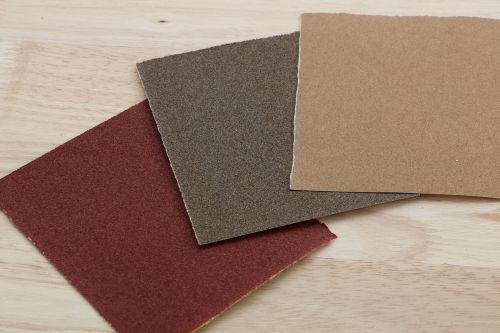
Sandpaper for different surfaces
Red, white or black. You can also tell the difference between sanding materials by the colour of the paper. And these colours betray the surface you can sand with this paper.
Red sheets are made for sanding bare wood, chipboard and metal.
White abrasive sheets, on the other hand, are used for existing coats of paint, mastics and coatings. What's more, these white sheets last longer because they don't sag as quickly. In other words, the grain relief remains intact for longer.
Black sanding material is also often found. In general, these black sanding blocks can also be used for wet sanding. The advantage is that you don't inhale any dust, so you don't have to wear a mouth mask.
Our top five sanding tips
- Always degrease first, then sand
- Wear a dust mask when dry sanding
- Always sand with the same power and distribute your pressure evenly
- Sand the edges evenly
- After sanding, dust the surface before applying the next coat
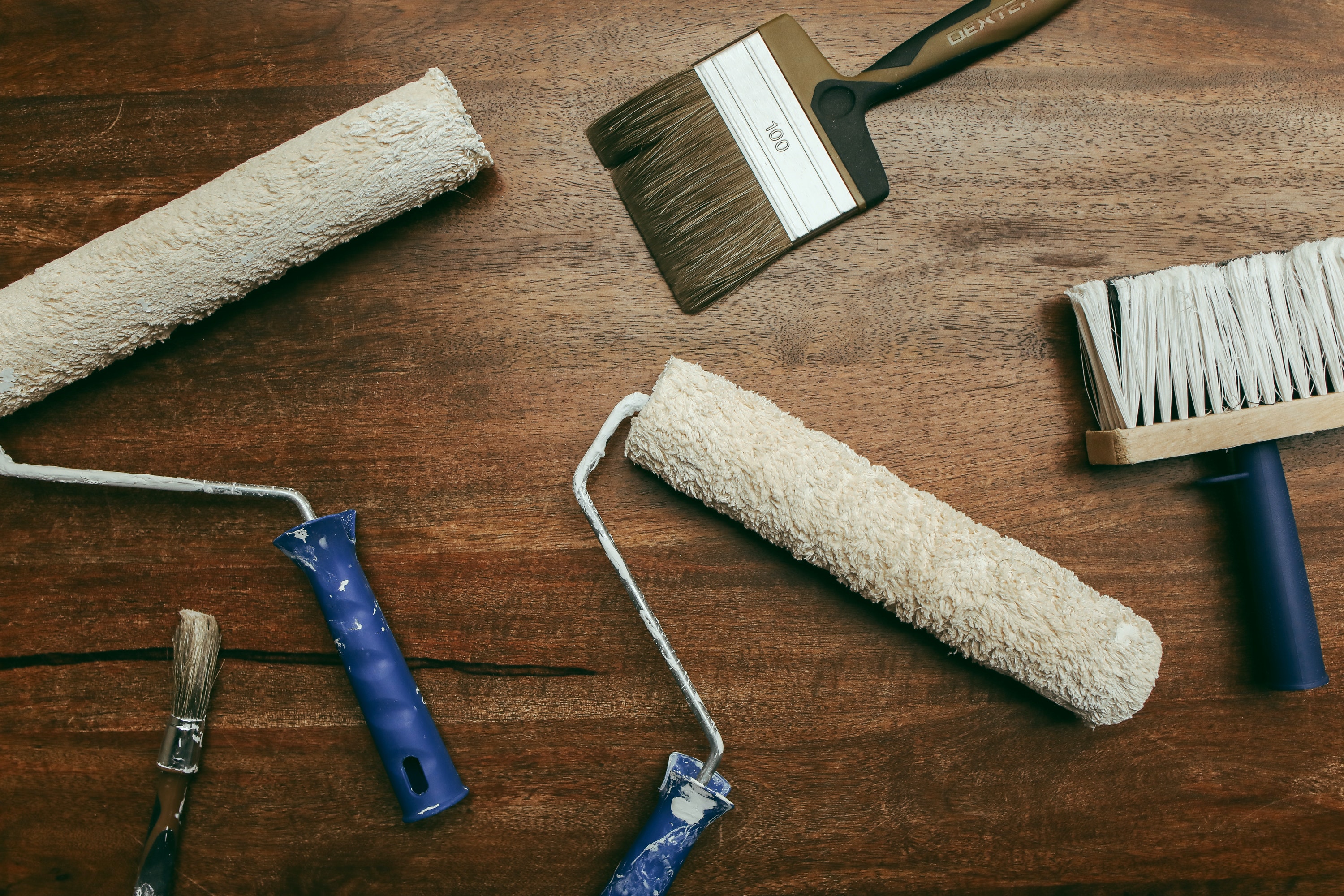
Why good paint materials are so important
Got a painting job ahead of you? Then you better be well prepared and buy the right materials right away.
Because let's face it, a paint brush that leaves hairs behind is not that interesting, is it? The same with a paint roller, it needs to absorb enough paint and ensure as few drips as possible. Well, we help you choose quality material so your paint can really shine!
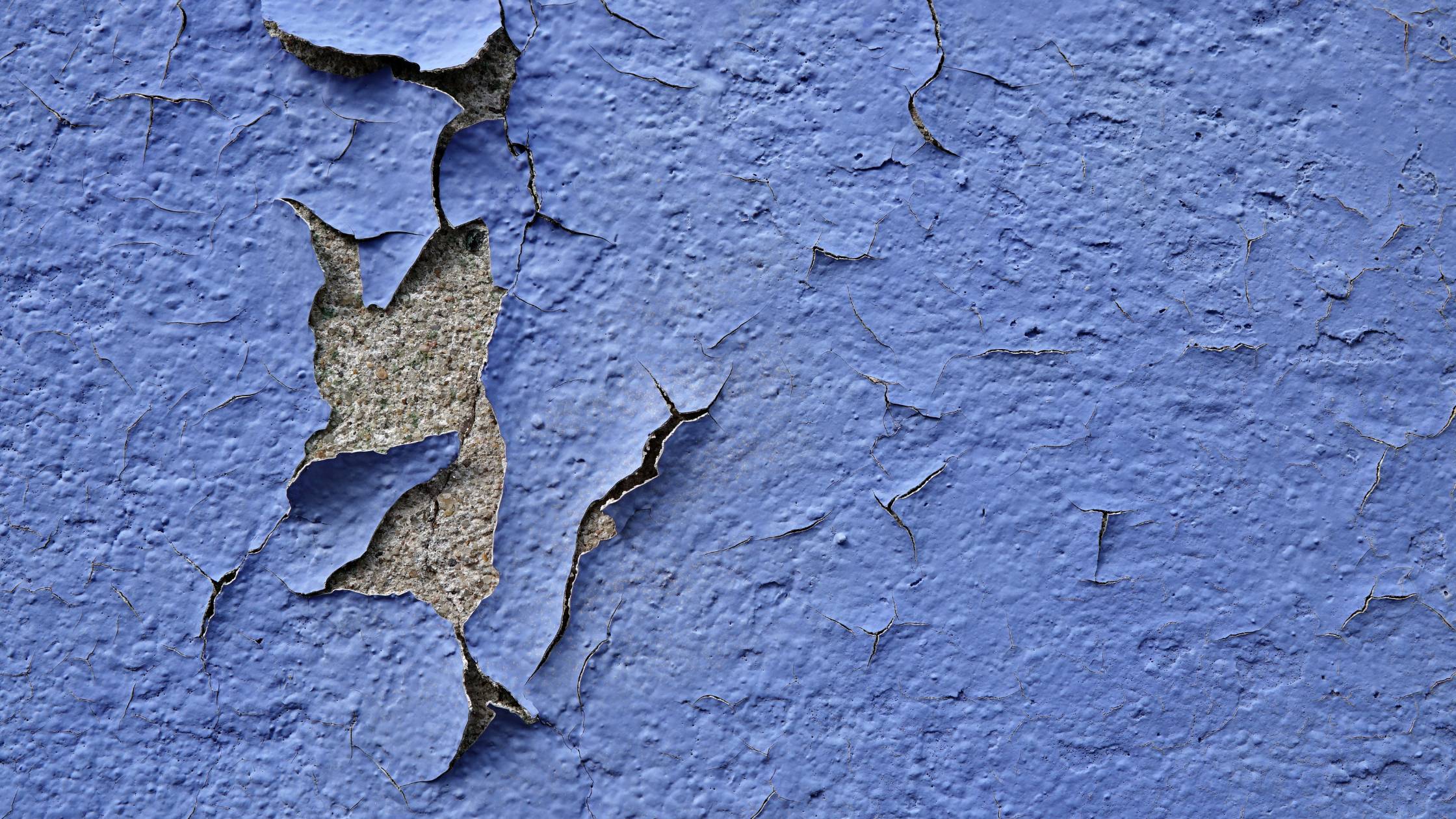
How do you fix peeling paint on exterior walls? Tintrio Explains!
